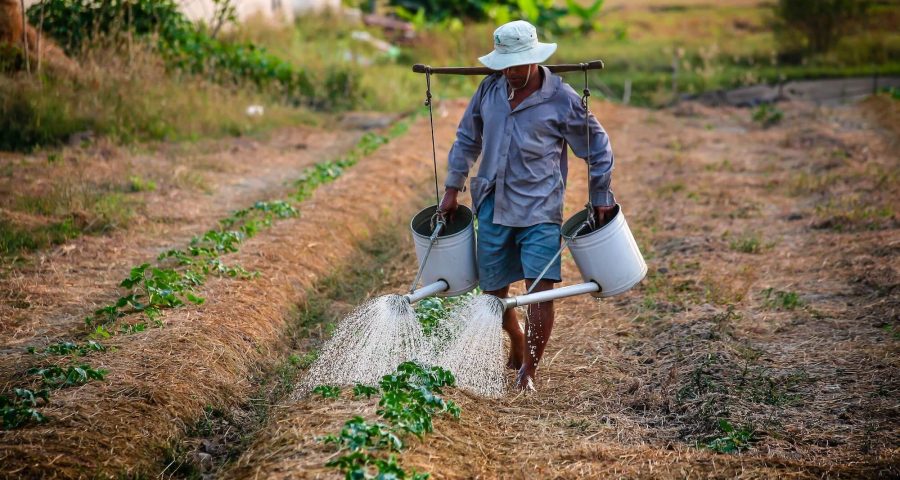Yep! I blog about tech and plants 🙂
So, you seem to “kill every plant you own,” huh?
Somehow, the magic balance between sunlight and water eludes you and you end up with toasted leaves or wilted stems.
Fear not, comrade! In just a few paragraphs you’ll have a better understanding of how to take care of your house plants.
Let’s dive right in.
Tip One: Drainage.
Most of the time, when people water their plants, they don’t have proper drainage.
This means that water will sit inside the pot and drown the plant when watered (instead of dispersing into the ground like in nature) and leads to overwatering which can cause rotting and other issues.
Check out these signs of bad drainage and overwatering:
- Leaves dropping off the plant while green
- Soft spots or rot on trunks & stems
- Buds not opening
To be fair, most plants are sold in a piece of junk planter with no drainage. This immediately sets the new plant-parent up for failure.
Typically, you’ll want to have a planter with holes in the bottom along with a planter saucer beneath it to collect the drainage water. This allows you to remove waste water and lets the plant breath.

This is the fundamental step to watering your plants because most plants should soak for a short time. The trick is being able to drain the plants after they are done soaking.
Without drainage in your planters (and a saucer to allow for water removal), you will not be able to properly water your plants and might be killing them.
Tip Two: Soaking.
The second trick to watering plants is to give them an appropriate amount of time to drink water. This comes in two steps.
First, check if the plant is dry. For some plants, this will be easy to tell with the top layer of soil. Other plants will need a bit more dryness, so you’ll need to check deeper. A good rule of thumb is probably “halfway deep is dry”. Over time, you’ll be able to better time this.
Pro tip: this timing changes during seasons as air becomes hot/cold and dry/humid.
Then, once you detect that the plant needs water, continue to water your plants until you see water fill up the drainage basin. Sometimes this occurs quickly – you’ll get the timing.
It’s important to note that during soaking the plant may consume that overflow water.
Over the next hour, check in on your plants to make sure that they continue to soak. This means refilling water if they have consumed their reservoir.
Once the hour is over, discard the waste water.
Tip Three: Sunlight.
Depending on your plant, it will require more or less sunlight. Be sure to look up the general needs of your plant for this information.
But, in general, more sunlight is not a bad thing.
Here are some common symptoms of a plant that needs more light:
- Light/yellowing leaves from chlorophyll disuse
- Wilting / weak stems from insufficient photosythentic energy
- Intense leaning from plants searching for more natural light
- Wide space between leaves as the stems grow longer for the search
For example, I have a Philodendron that doesn’t require a whole ton of light to survive. Typically, I house it in a north-facing room away from the window. This was fine in the summertime, but the winter lighting was impacting its health – leaves were dying off and the plant was looking very weak.
So, I pulled it out from the darker room to my bright east-facing window. This led to immediate response and results: tons of new growth and 100% perkier!
However, the extended light seems to be over-illuminating it now that the summer light has returned, so I might pull it slightly around the corner from the window to reduce direct sunlight or possibly back to the north room.
Try different positions with your plants over the next few weeks to see if more or less sunlight impacts their perkiness.
Good luck!
And that’s it! With good drainage, proper soaking, and enough sunlight, your plants will live thrive!
Most house plants will only require attention once or twice a week.
Get into the habit of feeling the soil’s dryness. This will be the key to ensuring proper water consumption.
Good luck!
Let me know how your plants are doing in the comments below!
